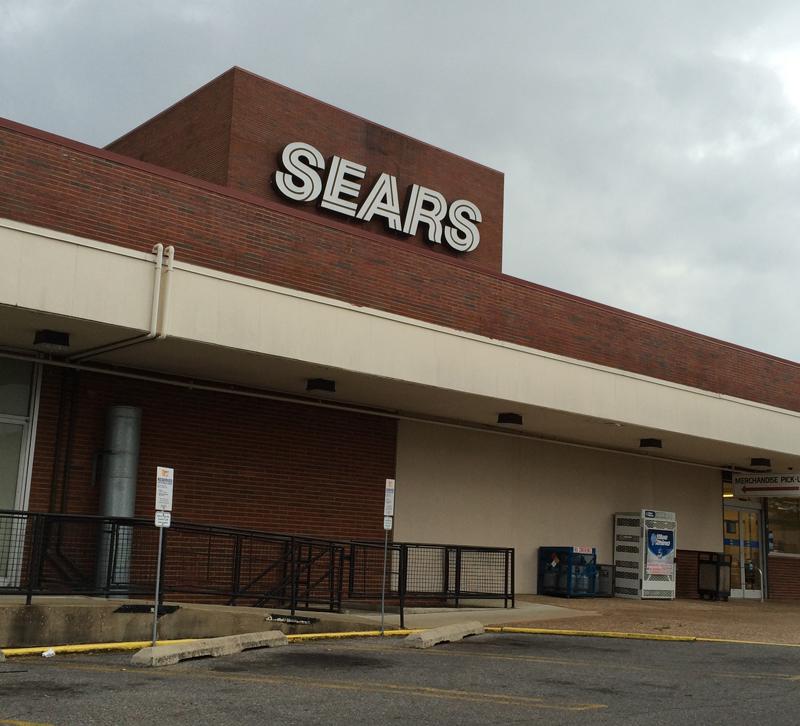In life, nothing lasts forever.
This month, Sears filed for bankruptcy after years of struggling to find its place in the retail market among emerging giants like Amazon and Walmart. The company will keep its website active (as well as Kmarts' website, also owned by Sears), and it will be closing almost 200 stores by the end of the year. It's hard to believe that the company that launched mail-order catalogs will be no more, but here we are.
If such a giant can fall, then so can any business that doesn't change with the times, and that includes home furnishings and lighting retailers. For those looking to avoid the same fate as Sears, here are a few pointers.
Pay attention to consumer expectations
And don't assume they'll never change.
Sears started to fumble even before Amazon became a household name, and they were never able to match other competitors such as Walmart on price and merchandise. Later, Amazon intensified the problem as it trained consumers to expect faster shipping and more product offerings.
Nowadays, customers expect an omnichannel experience, which just means that they expect the same level of service online and in-store and there shouldn't be any friction between the two. If a customer orders a product online, they expect to be able to return it in store. If a product is out of stock in-store, the salesperson should be able to order the product for them online and have it shipped to their homes.
Sound like a high bar to reach? It is, but that's what consumers are expecting and there are a lot of companies who can meet it. Make sure your company is one of them.
Going smaller is sometimes better
In the 1980s, 90s and early 2000s, big-box retailers expanded out into the suburbs and built a huge number of new stores. But when the internet came and everyone began shopping online, those companies were left with hefty rents to pay and not enough income to keep the stores profitable. In short, there was an oversaturation of the market.
Realizing this issue, some retailers like Target and Walmart have readjusted their strategies for a small-space approach. Target, for example, is opening smaller stores in cities and on college campuses. Walmart also has its own branded neighborhood markets in urban locations. Consumers may not have as much variety as they would in a bigger space, but for anything else, they know they can just order it online — and likely get free shipping as well. While Sears did close stores, the company never refurbished or updated the stores and outlets it had, and consumers were not impressed.
Bottom line is that there's no shame in downsizing, and you may find a better deal on rent and location in a smaller area. Take a look at what lines and products you're selling and compare it with your store's overall square footage. Pay attention to how customers move in your store and note any sections that they seem to avoid or spend less time in. If customers are only using a fraction of your showroom, maybe it's time to consider downsizing.
Don't ever assume customers will always want an in-store experience
Right now, many still do, even Millennials.
But online is growing fast, and for some, it's a cost-benefit. Some consumers would rather have the time they would have spent driving to a store, picking out a product and driving home back for themselves. For others, so long as the company has a good return policy, there's no reason not to order online. Claire's learned this the hard way.
It's true, brick-and-mortar will likely never go away, but it could still shift even further to online. Home furnishings and lighting retailers need to be ready for this, which leads us to...
Get online and stay online
Online shopping is only growing, and it's not going to slow down any time soon, especially as companies amp up their augmented and virtual reality capabilities. If you aren't investing in your website, social media marketing or search engine optimization, then you are going to have a hard time attracting customers in the future. Customers see your website as a reflection of your store and your capabilities. If your website is difficult to navigate or looks outdated, customers won't want to bother coming to your store. After all, if a business can't create a functioning website nowadays, what hope is there that the salespeople will be able to answer tough questions on LED and smart lighting?
If you haven't invested in these technologies, then make that your New Year's resolution and stick to it.
No business can ever be promised longevity, but if you stay nimble and adapt to what consumers want, your business will be in a good position to survive no matter how the retail industry changes.
Do you agree with our take? Share with us in the comments!
Photo: Mike Kalasnik via Flickr







